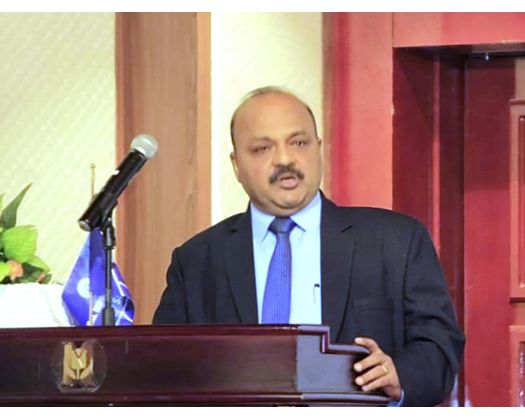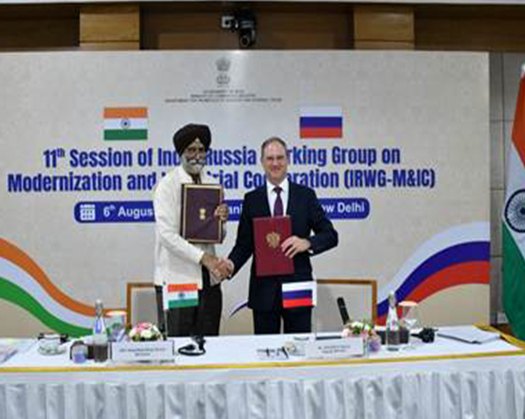Muscat: US President Trump is anticipated to soon unveil extensive global tariffs. His position is clear: if other countries impose charges on us, we will respond in kind.
In an interview with the Times of Oman, financial expert R. Madhusoodanan stated that the American President perceives the US as being treated unjustly in international trade, leading to a disparity in tariff rates. Emerging Market (EM) economies such as India, Brazil, South Africa, Turkey, Indonesia, Thailand, and Vietnam impose higher tariffs on US exports compared to the lower rates the US applies to imports from these nations.
The proposed tariffs, which would affect a wide range of goods imported into the US, are likely to have a negative impact on all emerging market economies, including India, in the short term. Key sectors such as automobiles, information technology, pharmaceuticals, electronics, textiles, gems and jewelry, as well as agritech, are expected to be particularly hard hit, according to Madhusoodanan.
For the fiscal year 2024-2025, Indian exports to the US could exceed USD 80 billion, and India has consistently maintained a favorable trade surplus with the US, making this relationship vital for India.
Currently, India imposes an average tariff of nearly 10% on US exports, while the US applies an average tariff of 3% on Indian goods. Reports indicate that bilateral discussions are progressing positively. The US has recognized India's efforts to lower tariffs on cars and motorcycles in the Union Budget, as well as the elimination of the 6% equalization levy, often referred to as the Google tax. Given these developments, the US may contemplate delaying reciprocal tariffs for a few months.
If the new regulations are not postponed, they could disrupt trade flows, especially in the aforementioned sectors. The US is also facing challenges; for instance, its dairy product exports, valued at over $8 billion, are encountering difficulties due to retaliatory tariffs imposed by China and Mexico on US dairy products.
Emerging markets (EM) could view this as a chance to broaden their trade options by lowering tariffs on goods and services. Additionally, they may focus on enhancing domestic manufacturing and services to lessen the effects of reciprocal tariffs, which R. Madhusoodanan identifies as a sustainable long-term strategy.










